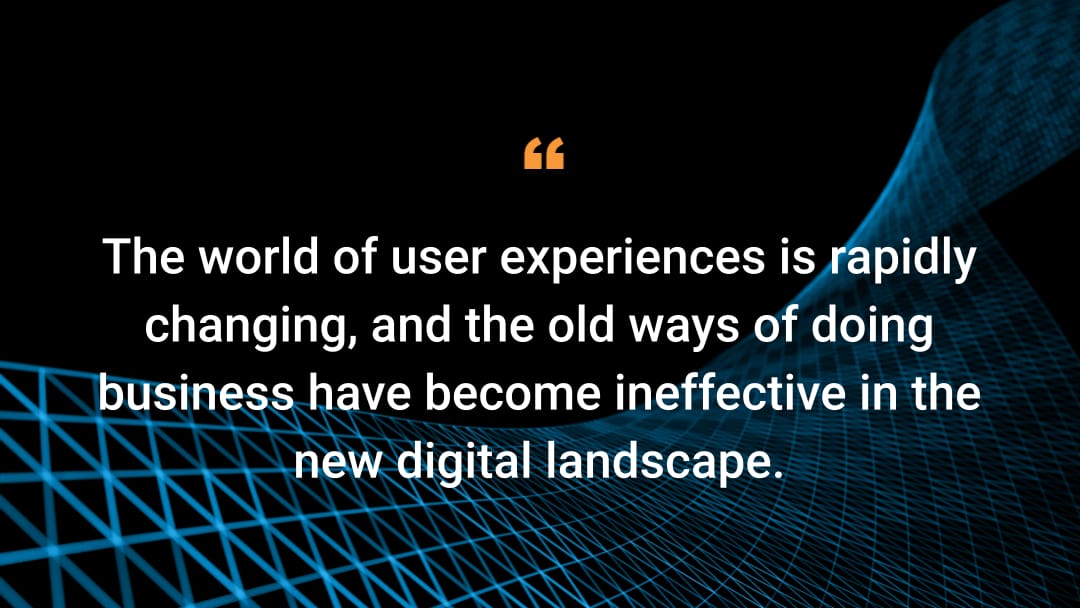6 Key Insights from Akamai India Leadership Industry Summits

India leads the way in the Asia-Pacific region (and globally) in moving to a digital economy. In August, Akamai hosted two thought leadership events in Bengaluru and Mumbai for 63 C-level executives (CXOs) and senior industry leaders in consumer-to-internet and over-the-top (OTT) media. These leaders were at the e-Tail Leadership Conclave and Media Leadership summits to discuss key trends and security solutions in digital commerce and media industries and share insights on their digital transformation.
The main objectives of each summit were to drive brand awareness, develop new opportunities to bring value to consumers, and showcase Akamai as a leader in technology with our newest Akamai Guardicore and Linode security solutions.
Here are six thought-provoking insights that CXOs shared during the Akamai India summits on what the future looks like for consumer-to-internet and OTT media in India.
1. Consumers are the heart of every business
When it comes to strategic content, business growth, and security solutions, it’s important to put the consumer at the heart of the business. Keeping the customer at the forefront helps optimize the digital user experience.
Since customers have changed their habits to embrace digital content consumption and online shopping, businesses have an opportunity to offer a more immersive media and online shopping experience. As a way to improve the user experience, a large part of an organization’s strategy should be to make it easier for the customer to interact with their brands.
For customers, having a positive online experience reinforces their trust in a brand, which in turn allows businesses to leverage those experiences as a revenue growth driver.
2. Social media has reshaped the commerce landscape
The shopping experience has moved from catalog-based to influencer- and content-led by blending digital commerce and social media. The consumer’s shopping journey can take place on a social media platform, making product discovery more visible and check-out simpler.
India’s mobile-first consumers will be quick to adopt social commerce and expect a seamless shopping experience with their favorite brands regardless of shopping platform.
3. Personalization at scale is no longer impossible
Technology has enabled personalization at the most granular level possible -– from how the home page appears to the individual customer to how orders are sorted and how search results are displayed. During festive seasons, brands that consumers have searched for previously may appear first, increasing the likelihood of a purchase during this peak shopping period. Likewise, hyperlocal content is gaining popularity with regional language shows and news.
4. 5G opens new ways to consume content
The use of 5G technology promises lower latency, peak performance speeds of up to 20 Gbps, and a greater bandwidth capacity for quicker downloads. This interconnectivity unlocks customers’ ability to enjoy a 360-degree experience with products such as video-based apps, augmented reality, and virtual reality.
You won’t win without being a tech company first. Every company needs to be a tech company.”
— CTO at Akamai Media Summit
5. Recruiting and retaining top tech talent remains important
As technology evolves, knowledge sharing and training across teams has become critical in order to keep current with rapidly changing trends. Industry leaders scout for tech talent and run hackathons in top colleges around the country to ensure that they hire qualified tech experts.
In addition to finding talent, retaining talent is also important to keeping up with the evolution of digital work environments. Talent retention will soon require the adoption of various “work from anywhere” strategies to include postpandemic hybrid working environments and a fully mobile workforce.
6. Securing data reinforces consumer trust
Continuously experimenting with and regularly rolling out new products may open organizations to more threats and risks. Malware and other possible cybersecurity breaches create an ongoing battle for businesses in a market like India to balance openness (which allows customers to explore products and services) with limiting bad actors from gaining access to their sensitive data.
It is important for security teams to recheck their security framework every few months and to maintain a playbook that deals with catastrophic events — as processes may become obsolete, key personnel may change, and the threat landscape can shift.
Technology has enabled the ability to gather information on the back end without introducing additional friction to secure the customer experience. As a result, putting in paywall restrictions or making customers switch interfaces will not work in fast-growth markets like India.
Protect the entire ecosystem with edge computing
Enabling perimeter security at the edge helps protect organizations’ assets by protecting the entire ecosystem — including cloud, apps, APIs, and users. Organizations can thus use edge computing to help secure the entire digital infrastructure against cybersecurity attacks, ransomware, phishing, or identity fraud.
The future of a new digital landscape
The world of user experiences is rapidly changing, and the old ways of doing business have become ineffective in the new digital landscape. The future of consumer-to-internet and OTT media is centered on user habits, increased security solutions, and improving online experiences. With the addition of more internet-connected products in peoples’ everyday lives, user experience has essentially become the focus of all businesses and service providers.
It’s essential to maximize opportunities for customers to exchange their insights and to develop customer-focused content that creates experiences that drive engagement. Taking an all-inclusive approach toward the user experience, and being innovative in all aspects of security solutions and business strategy development, has the potential to help digital commerce and OTT industries grow and thrive.



